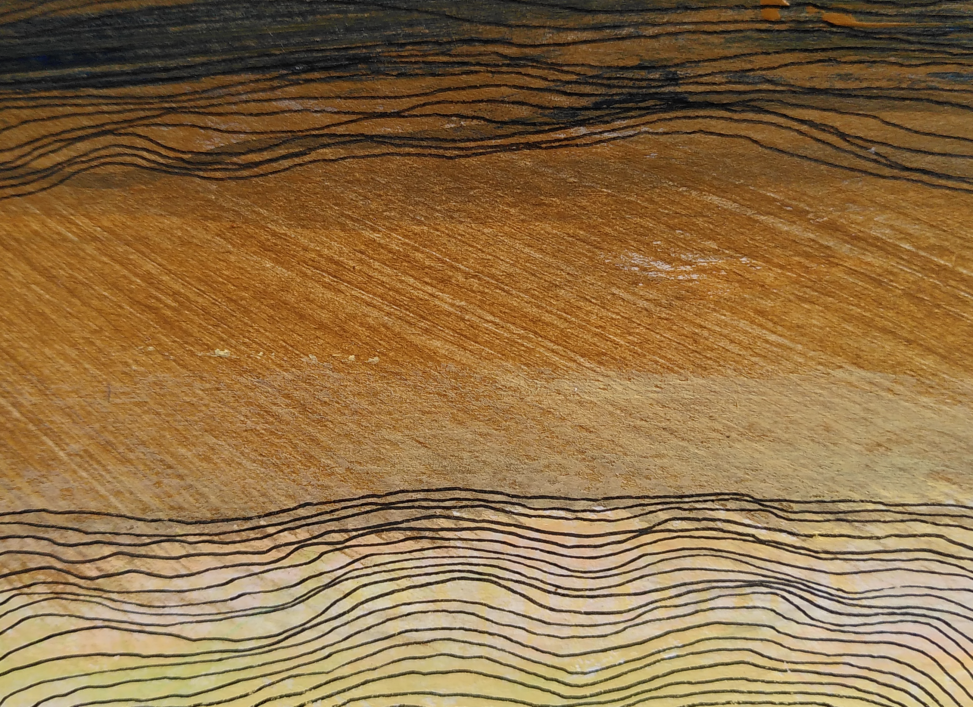This blog post was featured on A Year of Conversation, and linked to an event organised by the Royal Society of Edinburgh. By Marieke Schouwstra.
I am an evolutionary linguist. This means that I am interested in the human capacity for language, and its evolutionary origins. Why do humans, but not other animal species, have language? Why do languages have the kinds of systematic rule systems they do? There are so many questions, but answers are hard to obtain: of course we cannot go back in time to witness how our ancestors communicated with each other. So, in order to get to know stuff about the origins of our mode of communication, researchers have found roundabout ways for collecting (indirect) evidence. I do that too: I collect data by running laboratory experiments in which adult participants create novel communication systems by using only their hands and no speech to communicate. This method has provided me with important new clues about the origins of linguistic conventions. But the daily practice of sitting in the lab collecting my data has taught me something unexpected, and perhaps more important.
For my experiments, two adult participants come to my lab to the task together. These participants are recruited separately, and do not know each other; they just show up, and I introduce them to each other when I explain the task. I tell them that they will see simple line drawings, and they need to describe to each other what they see, using only their hands and no speech.
When the task starts, my participants typically do not really know how tackle what they are asked to do. One of them sees a picture on their screen; the other sees an array of eight pictures. The pictures are all different combinations of people, objects and actions: a girl cutting a cake, a boy carrying a bucket, etc. The task is fairly simple: one of the participants conveys the information in the picture using only their hands and no speech; the other picks the picture they thought was intended. But of course, this is a mode of communication they haven’t been engaged in before. It’s a bit like charades… but in a lab! With cameras, and an experimenter watching them every move. So, the beginning of the experiment is usually hesitant. With many apologetic smiles, sighs, the occasional frown, a shaking of heads… But then it starts. One of them starts to see what the other means. Then they both get the answer right more often. They start nodding. The apologetic smiles disappear, then become triumphant smiles. They switch the roles of producing gestures and guessing every trial, so their interactions really are a little bit like a conversation. And the going back and forth becomes faster and faster. It is like they are learning to play tennis at high speed. At the end of the experiment, they really have become a team, and the information flows back and forth almost effortlessly. They get all the answers right, and their hand movements become more secure and concise. They have become confident at what they do, and their movements have become a system, like a language.
I am there as the experimenter. I watch their process. I had designed the experiment because I was interested in the technical and linguistic aspects of what happens when people establish a novel communication system. I keep tables and log files with the timings, the responses, the constituent orders, the hand-shapes, the lexical strategies. Some of my hypotheses are smashed to pieces, others are nicely supported by the data. This provides me with interesting looking graphs, and a good set of observations to write academic papers about.
But what I witness in the lab is more than just the raw materials for journal articles. It is something bigger, and I notice that I am becoming more and more attached to the ritual of running this experiment, even though I am just sitting in the room, making sure the experiment software does what it needs to do. This, on itself, is kind of a boring task. But I thoroughly enjoy witnessing the birth of a communication system, over and over again. Because it shows me the people who do it; it shows that somehow my experiment strips off the layers and armour we put on in daily life. By not allowing people to use the language they are so familiar with, and forcing them to still make contact, I force them to show something of themselves. Their true inner selves. And this is for many a bit unsettling at the beginning, but truly joyful once it starts to work well. So really my experiment is about people meeting, and showing to each other who they are and how they solve communication problems when no obvious solution is at hand. And to copy each other’s solutions to make communication work more smoothly.
In an unexpected way my work has shown me something about life. It made me realise that sometimes, we use our language to create distance between other people and ourselves. We use words to make things look prettier than they are; we go off on complicated ramblings to provide seemingly rational motivations for what we do. We use polite terms even when we are impatient or annoyed. So often our language is not in accordance with what is inside us, and we just use it for keeping up appearances. When all this is stripped away, it allows people to really meet. And have true conversations.



Leave a Reply